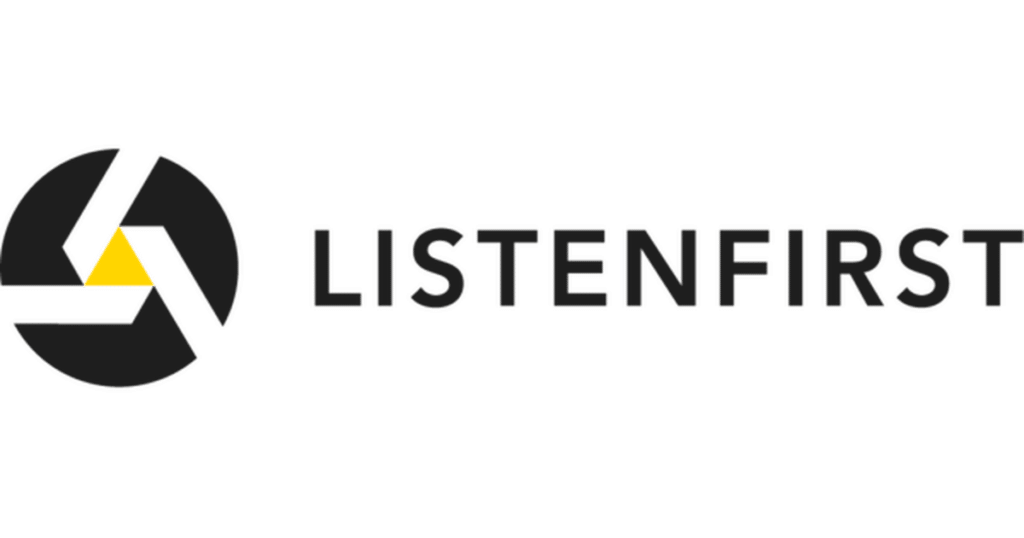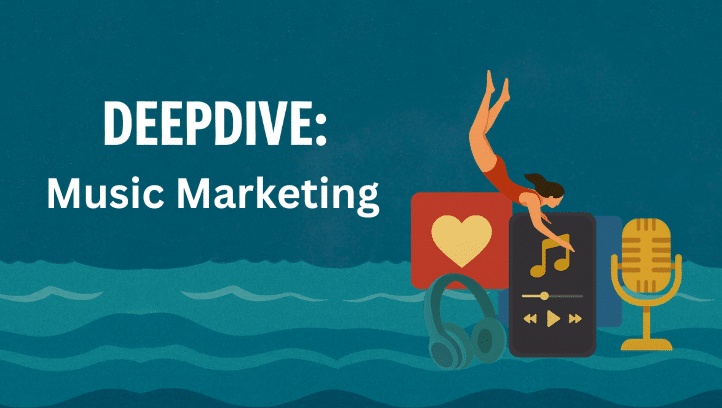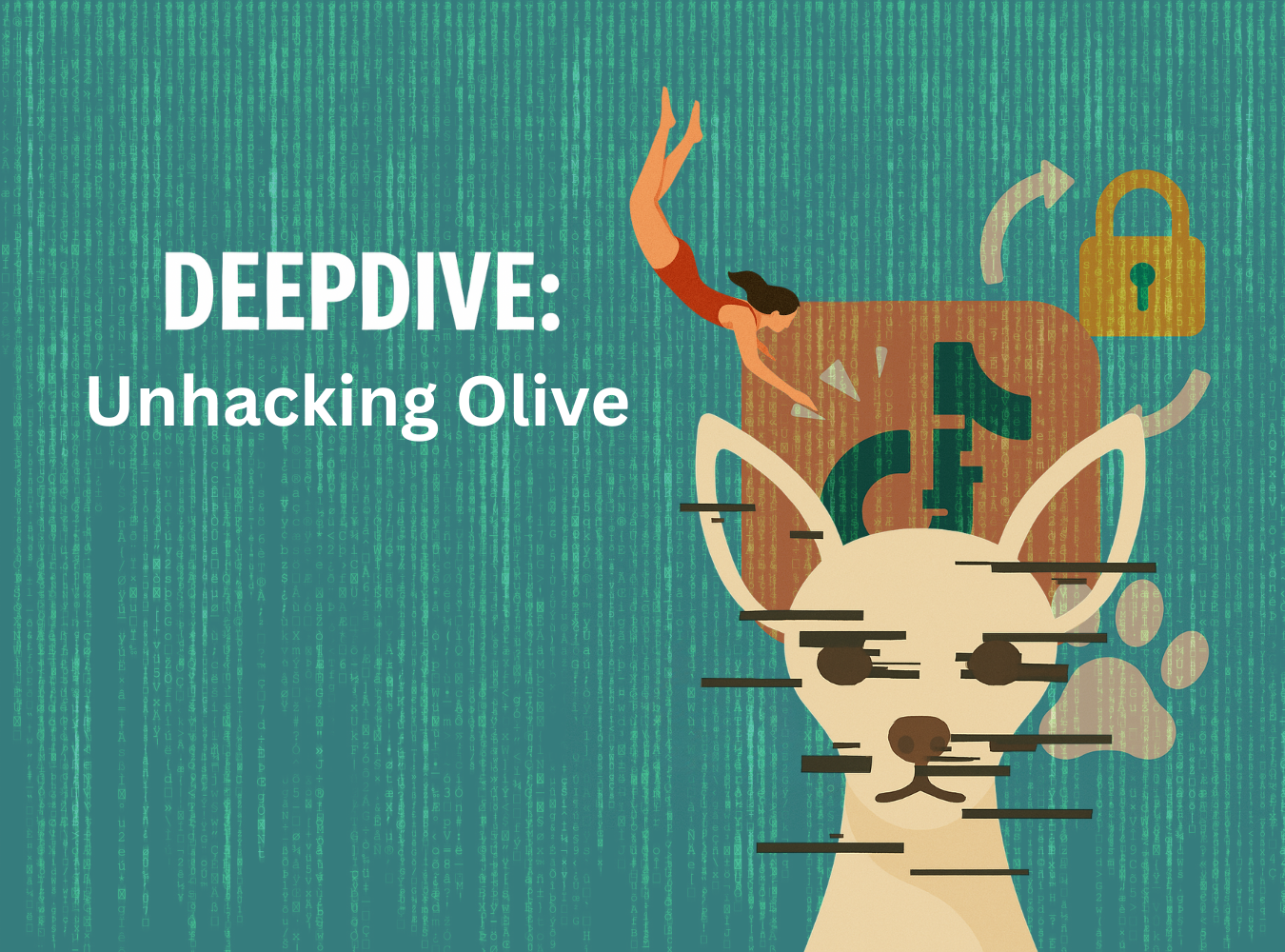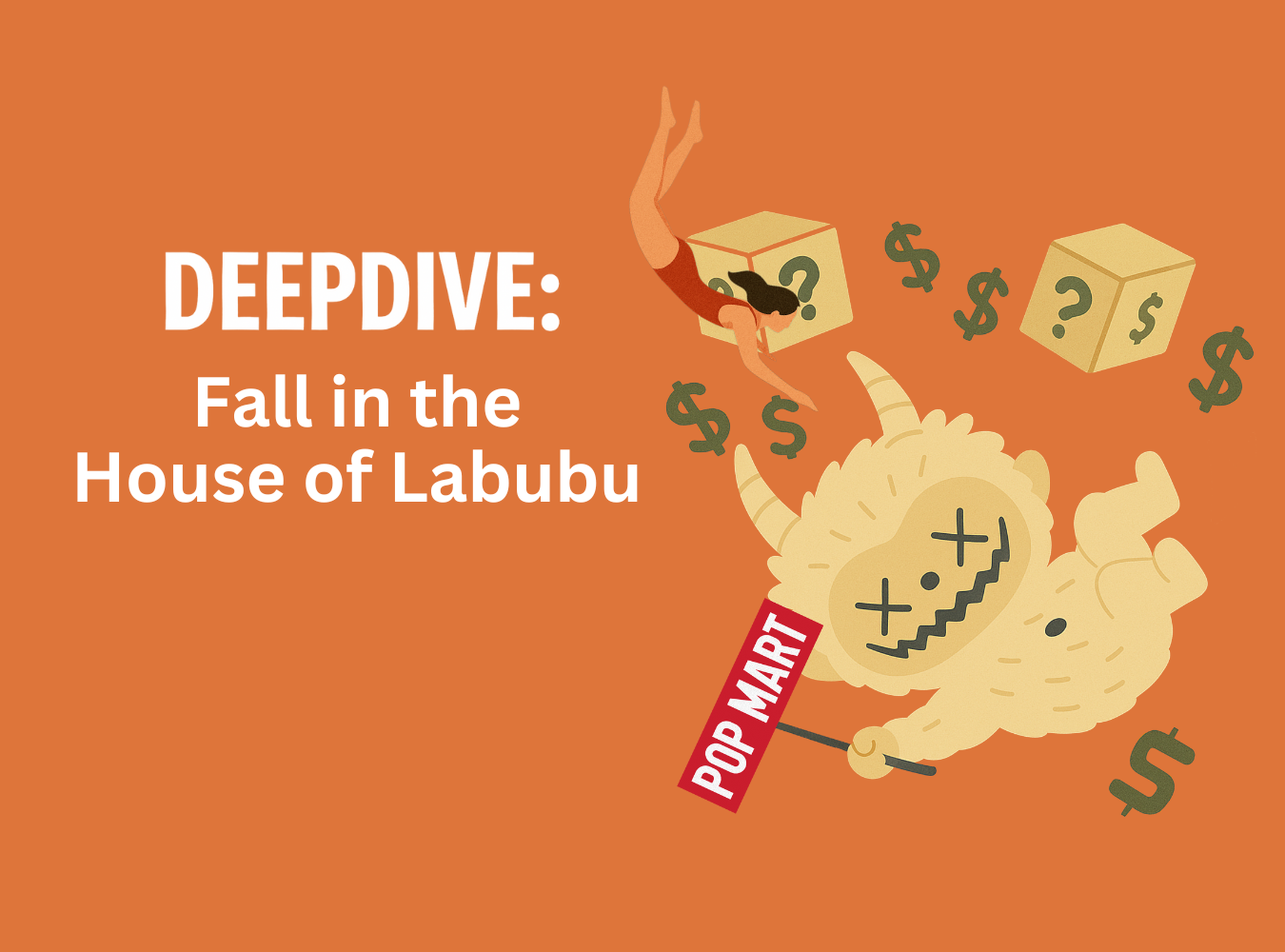How Artist Partnerships and TikTok Are Reshaping Music Marketing
Inside 2024’s biggest performance levers across social platforms
In 2024, the competition between Spotify, Apple Music, and YouTube Music revealed more than just follower counts and engagement rates. It offered a window into what actually moves audiences in today’s fragmented digital ecosystem. Two forces stood out: artist-driven content and TikTok-first storytelling.
According to Listenfirst’s music streaming competitor analysis, the highest-performing campaigns across all three brands weren’t tied to new product launches or influencer seeding—they were powered by strategic artist partnerships and short-form, social-native content that felt personal, conversational, and timely.
In this deep dive, we are going to explore how these twin drivers are reshaping the music industry’s social media strategy—and what marketers can learn about engaging fans through culture, not just content.
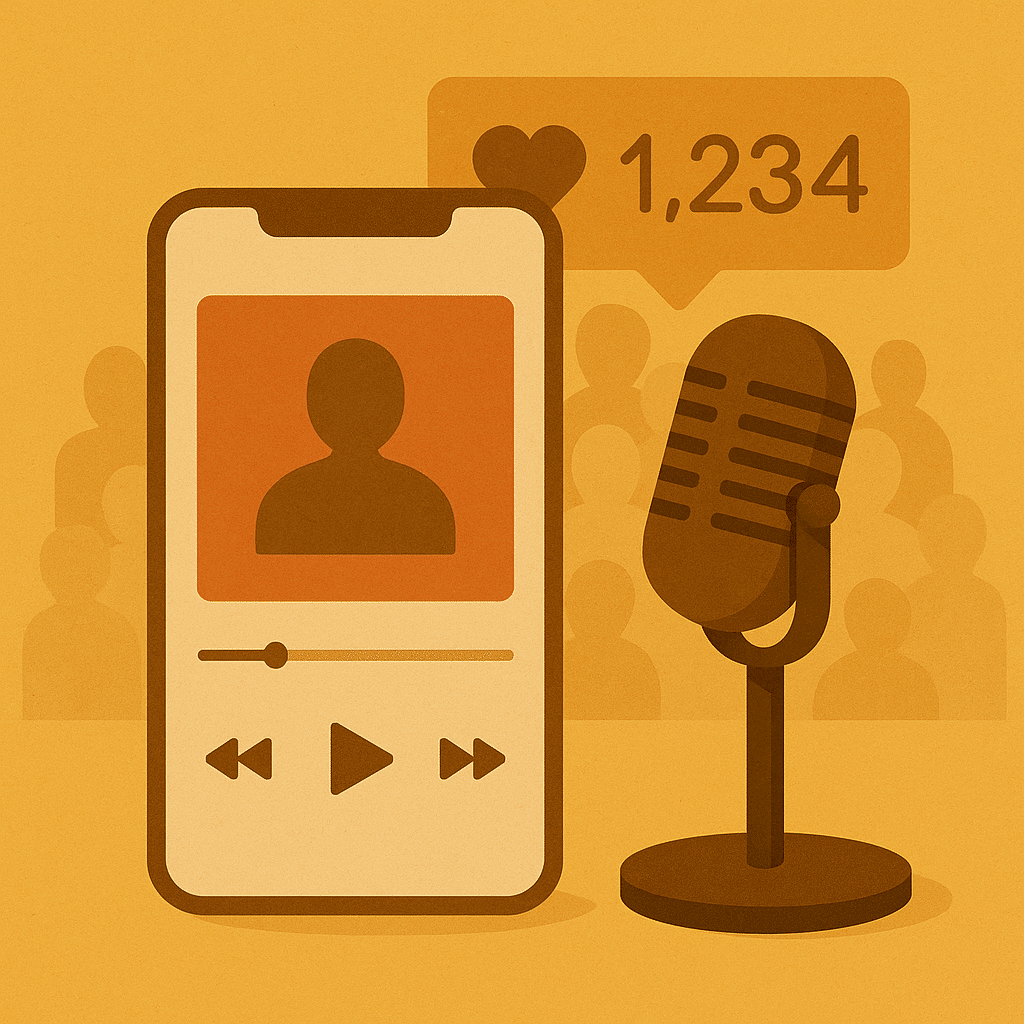
1. What’s Happening: Artists and TikTok Drove the Year’s Peak Engagements
In 2024, every brand’s highest-engagement moments across TikTok, Instagram, and Twitter/X had one thing in common: direct artist involvement. Whether it was exclusive interviews, K-Pop activations, or live performance snippets, audiences responded most to content that offered a window into the artist’s world.
Apple Music: Talent-First, Story-Led
Apple Music leaned heavily into artist-centric storytelling, using its radio show ecosystem as both a content engine and a TikTok-native format. The brand’s top TikTok post of the year—a clip from Becky G’s radio show—earned 39M+ views, while Rap Life Review episodes with GloRilla and astrology-themed content with SZA drove significant fan engagement.
Apple Music also saw its Instagram engagement peak in July, with the launch of All About Stray Kids Radio, hosted by K-pop stars Bang Chan and Felix. It was the top-performing Instagram post of the year for the platform—and the strongest month for all three brands combined.
Spotify: High Volume Meets High Moments
Spotify maintained the highest post volume across nearly every platform, publishing 43 posts/month on average—220% more than Apple Music. But quantity alone didn’t drive performance. The most impactful content came from artist-led campaigns like Gracie Abrams’ album launch and The Weeknd’s Billions Club Live event in December.
On TikTok, Spotify leaned into fandom-facing storytelling, such as co-posts with Ariana Grande and K-pop superstars like TWICE. The platform’s most-viewed TikTok (23.5M views) stemmed from a single Gracie Abrams event post—showing that when frequency is paired with cultural relevance, reach follows.
YouTube Music: A Cautionary Tale
YouTube Music, by contrast, was notably absent from TikTok in 2024, and it showed. Despite having a solid follower base on other platforms, its performance on TikTok and even YouTube (its home turf) lagged behind. The platform posted only two YouTube videos under its own brand handle all year.
Even with standout artist content like Stray Kids’ “Chk Chk Boom” and BIPOC-focused meme slideshows, the lack of a consistent, native presence on TikTok left a major engagement gap that Spotify and Apple Music were quick to fill.
2. Brand Implications: Strategic Artist Collabs Are the New Media Format
The lesson for marketers? Celebrity access is no longer a differentiator—it’s the creative treatment and platform fluency that determine impact. The most successful campaigns in 2024 weren’t just about featuring artists; they were about co-creating content that felt timely, fan-friendly, and emotionally resonant.
What Worked:
- Serialized formats like Apple Music’s radio clips and Spotify’s “Billions Club” co-posts.
- Cross-platform amplification—Spotify’s best-performing TikTok clips often fed into Instagram Reels and YouTube Shorts.
- Cultural tentpoles like the Super Bowl, where Apple Music maximized its sponsorship through pre-, during-, and post-show artist activations. Their post announcing Usher’s performance earned nearly 174K comments on Instagram.
What Didn’t:
- Text-only prompts without tone. YouTube Music posted the most CTA-style tweets (~10 per week), but many lacked the conversational nuance or fandom fluency that made Spotify’s similar efforts take off.
- Over-reliance on static posts. Even platforms with strong image engagement (like Apple Music on Twitter) saw video outperform when talent or storytelling was added.
For social teams, this means shifting from “content calendars” to campaign ecosystems, where every artist collab is treated like a micro-launch—complete with native formats, platform-specific angles, and a clear cultural hook.

3. Cultural POV: TikTok Is Now the Pulse of Music Marketing
TikTok is no longer just a discovery engine; it’s the cultural control room for music. It’s where audiences not only find new songs but also build parasocial relationships with artists, interpret album lore, and participate in trends that become mainstream narratives.
Apple Music leaned into this with three major TikTok surges, each driven by coordinated content drops featuring Becky G, Billie Eilish, and SZA. These weren’t just clips—they were serialized stories built for rewatchability and fan conversation.
Spotify, meanwhile, used TikTok to test creative formats. From aesthetic audio loops to casual fan Q&As, the brand embraced TikTok’s informal tone—especially when paired with global fandoms like K-pop. Notably, clips from the K-POP ON! video podcast series featuring fast-rising girl groups like TWICE and Aespa consistently landed in the top 10% of engagement.
The broader takeaway: TikTok is where music culture crystallizes first. If brands aren’t there with meaningful, artist-driven content, they risk being left out of the moment entirely.
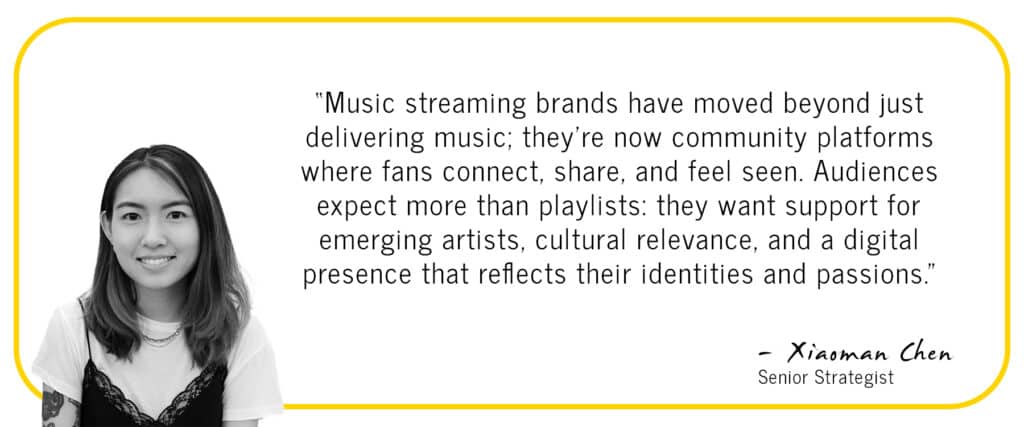
4. Key Takeaways for Social and Music Marketing Teams
- Artist access ≠ audience engagement. Creative treatment and platform-native storytelling are what drive performance.
- TikTok is non-optional. Apple Music and Spotify’s best-performing assets came from short-form video, often clipped from larger interviews or events.
- K-Pop = cross-platform rocket fuel. All three platforms saw their top engagement weeks tied to K-pop content, especially when artists were featured in co-hosted or exclusive formats.
- Tentpole moments still matter—but so do micro-moments. Campaigns like Wrapped and Artist of the Year delivered at scale, but week-to-week wins came from meme slideshows, interview snippets, and fan prompts.
- Optimize by format, not frequency. Spotify led in volume, but Apple Music outperformed in average engagements by 182%. Quality-led bursts often win over daily posts.
Final Thought
If 2024 proved anything, music marketing has moved beyond reach and into relationship-building. The future belongs to brands that can turn artist content into shared stories, not just promotional assets, and to teams that understand how to translate that into platform-native, community-first content.
As we look ahead to 2025, ask yourself:
Are we just featuring artists, or are we building worlds with them?
Want more deep dives like this? Make sure to subscribe to our weekly newsletter, LF Pool Party, for everything social media professionals need to know to make their strategy a 10/10.
